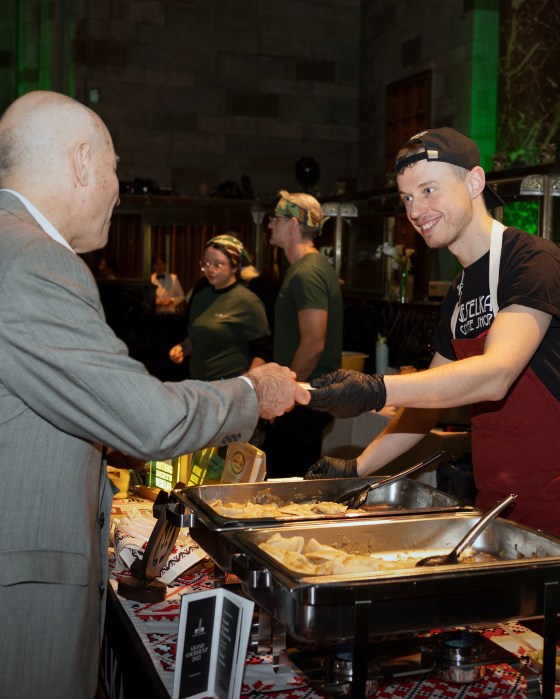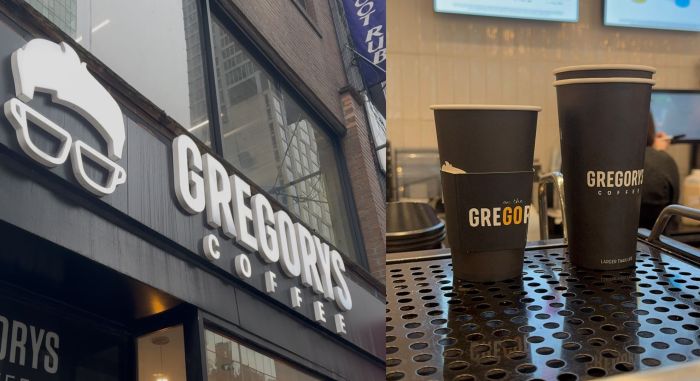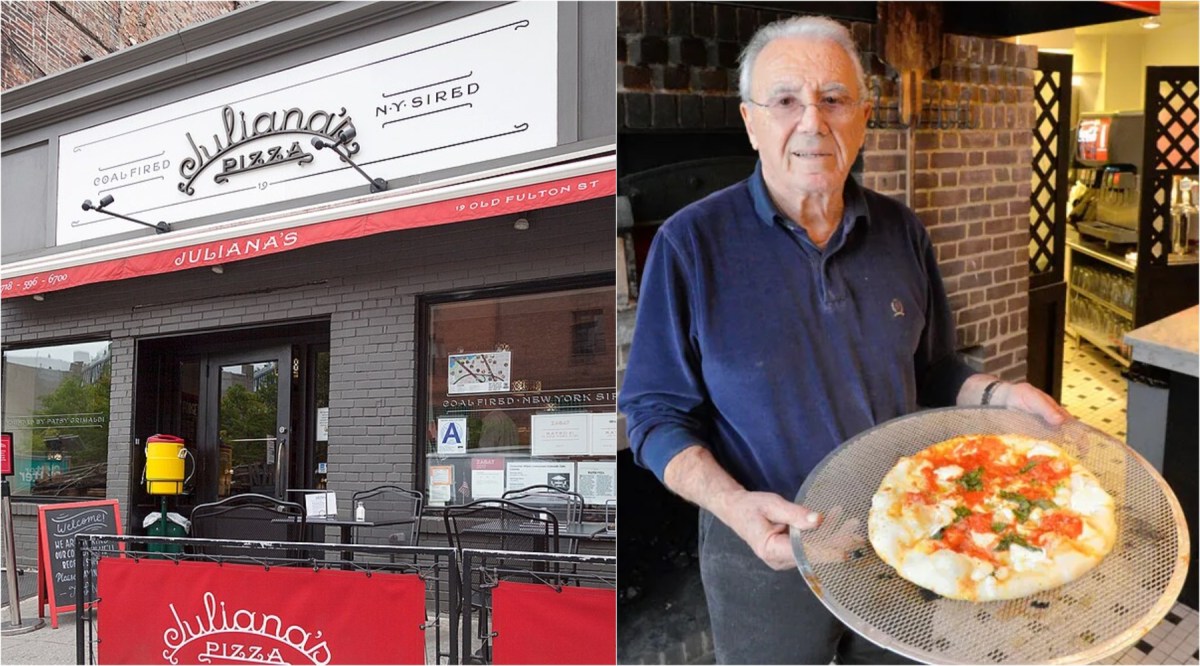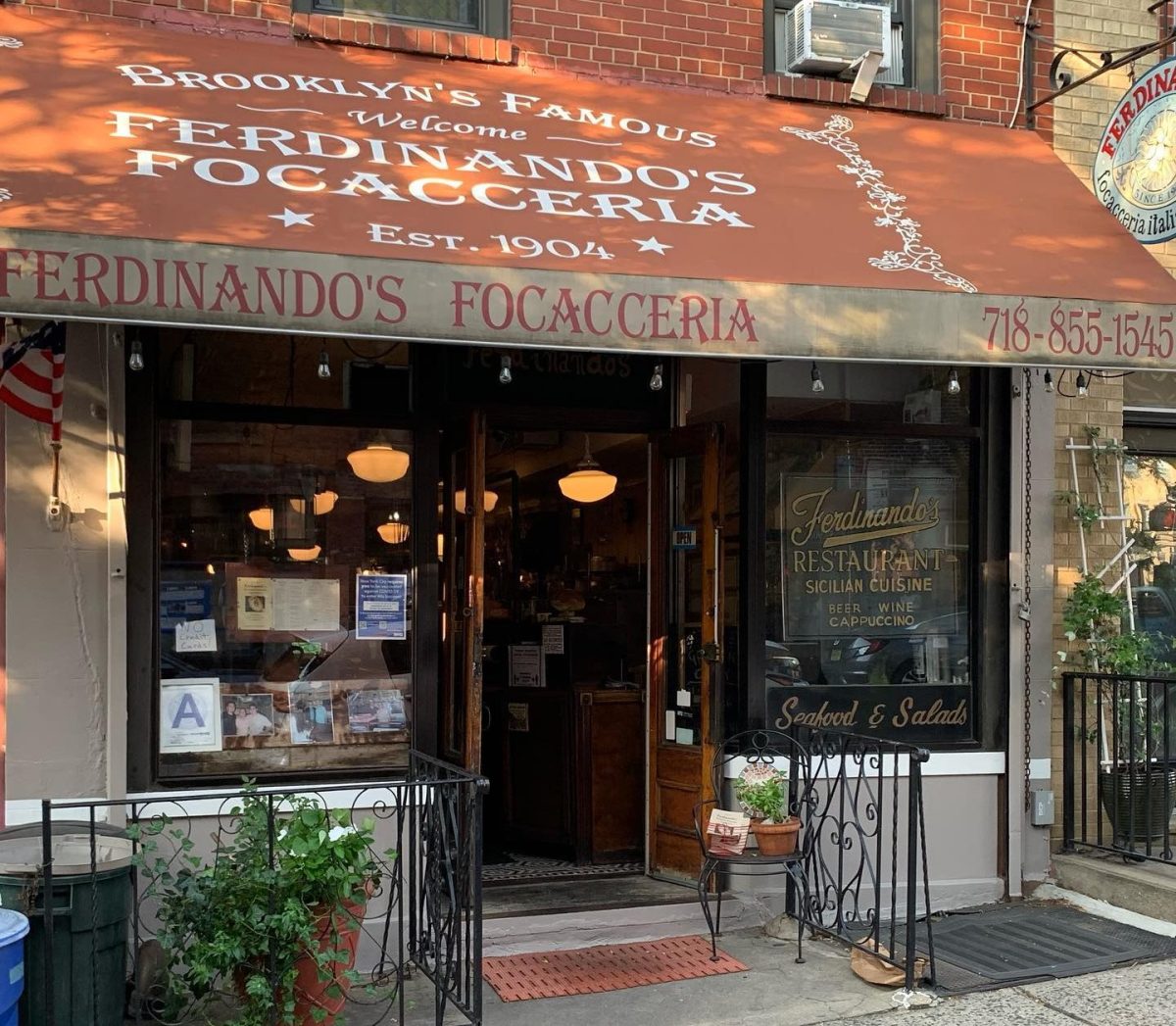
Deep in Manhattan’s Lower East Side, 100 people line up on Rivington Street, rounding the corner to Bowery. Unlike generations of Lower East Siders before them, though, this group is not heading toward overcrowded tenements or a performance at CBGB.
They’re waiting for ice cream. And not just the typical chocolate or vanilla cone with sprinkles from Mister Softee. Instead, they’re waiting patiently for Morgenstern’s Finest Ice Cream, one of more than 25 artisanal ice cream shops in downtown Manhattan that specialize in unexpected flavors.
Locals and tourists alike are willing to wait in hour-long lines and pay up to $22 for the crafty dessert. But is the allure the non-traditional flavors, the higher quality ingredients or simply the Instagram opportunity?
“It’s good—really good,” said Josh Camarena, an interior designer and repeat Morgenstern’s customer whose favorite flavor is Burnt Sage. “The flavors are unorthodox, so they are intriguing, but then you try them and they are delicious and not at all what you thought they’d taste like.”
Inventive flavors
The frozen treat contributes more than $30.9 billion to the U.S. economy annually. But for years, only a few giants dominated the industry and offered limited flavor options. Such a stagnant market led many to believe “ice cream was due for an upgrade,” as James Beard Award-nominated pastry chef Dana Cree put it.
While the many artisanal ice cream shops scattered around New York all claim to be one-of-a-kind, the one thing they do have in common is a menu of unexpected and bizarre flavors.
“Fifteen years ago, pastry chefs started erasing the line between sweet and savory, using vegetables and spices unseen before, so it makes sense that ice cream shops are following suit,” said Cree, who insists that the frozen dessert allows for more flavor experimentation than a cookie or cake.
OddFellows Ice Cream, which began in Brooklyn and quickly expanded to four more city locations, has featured more than 500 flavors since its opening in 2013.
“We pride ourselves on having a menu that’s always changing,” said co-founder Mohan Kumar, who pointed out the shop’s inventive flavors like Cornbread Ice Cream and Chorizo Caramel Swirl.
“A lot of these flavor combinations were just in Sam’s wheelhouse as a pastry chef,” Kumar said of his business partner and the man behind the menu, Sam Mason. “The Skirt Steak ice cream, for instance, is something he made on ‘Iron Chef.’”

For Lower East Side favorite Ice & Vice, it’s all about breaking convention.
“Our approach to creating flavors is different for each,” said co-founder Ken Lo. “Sometimes we come up with an ingredient first and build on it organically, or we’re inspired by an experience, or we come up with the name first.”
One of the shop’s weirdest flavors, Three Little Pigs, a mix of salted bacon butter caramel and bacon praline, started simply as a flavor concept.
“When we came to the final version, we realized there was so much bacon and thought, ‘There’s practically three pigs in it,’” said Lo.
Other shops offer similarly weird flavors, like Morgenstern’s Salt and Pepper Pine Nut, which tastes like a frozen version of the classic Italian dish cacio e pepe, and Ample Hills Creamery’s The Munchies, featuring Ritz Crackers, potato chips, pretzels and M&M’s.
Insta-friendly
Although ice cream artisans say they create these crazy flavors for their customers and for the art of ice cream, their Instagram-worthy treats and impressive social media followings certainly haven’t hurt business.
Big Gay Ice Cream and Morgenstern’s lead the way with thousands of hashtagged Instagram posts, and with menu items like Morgenstern’s $22 King Kong Banana Split, a dish large enough to feed a family of four—with its five large scoops of ice cream (customer’s or dealer’s choice) topped with oozing sesame caramel, pineapple, and of course, a banana—it’s easy to see why.
“There are some very clear social media-driven trends,” said Cree, referring to the fish cones and pie-adorned treats that fill New Yorkers’ Instagram feeds. “They drive flash mobs of business but not return customers.”
Even with social media frenzy aside, many believe these non-traditional flavors aren’t enough to sustain business.
Malcolm Stogo, the Ice Cream Hall of Fame’s first inductee and founder of New Jersey’s Ice Cream University, has his doubts.
“A lot of people buy these flavors once, and that’s it,” said Stogo, noting that it’s mostly tourists who are drawn to the Banana Curry and Fried Chicken and Waffles flavors of the world.
Quality ingredients
While serving a slew of eccentric tastes is at the heart of New York’s craft ice cream scene, vendors also pride themselves on churning top-quality product using the best ingredients available.
OddFellows sources its dairy from an eastern Pennsylvania co-op farm, which is close enough to Manhattan that the product sits in a truck for only two hours compared with the usual five or more.
“The secret is in the good dairy and using more cream,” Kumar said. “That’s where the richness comes from.”
Such high-quality ingredients don’t come cheap, though, and the added cost is reflected in artisanal ice cream shops’ steep prices.
A visit to Van Leeuwen Artisan Ice Cream or Morgenstern’s can cost a family north of $40, a big ask next to a $2.74 pint of Dreyer’s. Yet, ice cream lovers continue to line up at both shops.
“Standing in line with good company for a $6 ice cream cone is kind of a cheap way to spend an evening these days,” said Cree, who penned the celebrated “Hello, My Name is Ice Cream.”
“The question will be: Are they willing to stand in line for that in a year?” said Bob Roberts, head of Penn State University’s Food Science department.
Industry veterans like Stogo think the competition lies in marketing.
“When you shake it out, all these stores are selling the same thing, so it’s all about personality,” he said.
Stogo was also concerned about the seasonal aspect of the ice cream business. It’s easy to sell in June or July, but sales drop when fall rolls around. A more optimistic Cree believed the artisanal trend is a broader indication of where the industry is heading.
“As long as artisan ice cream makers put in the extra effort, I think our idea of what ice cream should taste like and how much it should cost will follow,” she said.





































